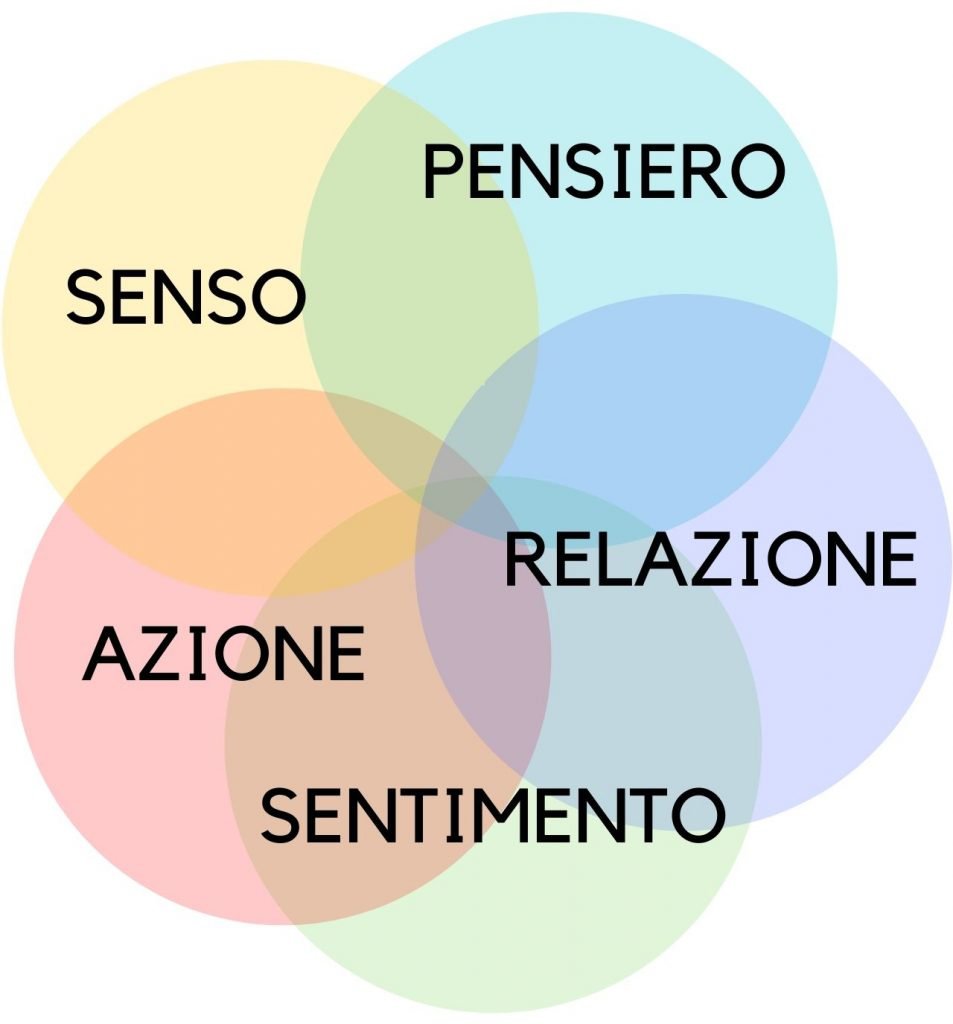The vast internet network has changed the perception of the product. All the information that can be found there makes the consumer already fully aware of what he wants and what the market offers, even before starting the purchase process.
Now the advertising in which the characteristics of the product are listed is outdated, you have to sell the idea of emotion that you get with the purchase of the product itself. Until a few decades ago, “emotional” communication strategies were reserved only for certain categories, such as progress advertisements or perfumes. Now the idea of well-being of wearing a simple pair of shoes is sold, because the user already knows what material they are made of, the colors in which they are available and how much they cost.
What is experiential marketing
It is a marketing technique that puts the impressions and emotions of the user at the center of its strategies, overshadowing the product, the fulcrum of traditional marketing.
The goal is to offer the consumer an experience that stimulates positive emotions. It is necessary to put yourself in his shoes and test the product firsthand. The higher the engagement generated by the marketing strategy, the greater the success of the article.
The user begins a purchase path because he has a need to satisfy; through the network it collects a lot of information and cultivates a series of expectations to be fulfilled. The task of a good experiential marketing strategy is to satisfy both: needs and desires.
Schmitt’s thesis
Schmitt is one of the leading customer experience experts. In his books he argues that experience is an event that occurs as a result of a stimulation.
To generate a positive experience it is possible to involve different aspects of the consumer.
According to Schmitt’s thesis, the targets are:
- SENSE (sense)
- FEEL (feeling)
- THINK (thought)
- ACT (action)
- RELATE (report)

Let’s see them in detail.
Sense
The experiential marketing of the sense involves the 5 senses (sight, hearing, smell, touch and taste).
An example of this is the company Illy, a well-known coffee producer. In 1998 he established AromaLab, a laboratory designed to analyze the chemical-physical processes that underage the scent of coffee. (sense of smell). He optimized the taste of the product by collaborating directly with the growers of the plantations. (taste) He hired various artists to decorate a collection of cups (view). The set of these strategies, in the sales and pre-sales phase, has formed a strong image of the brand through the sensory emotions of the consumer.
Feel
This marketing technique recalls the feelings and emotions of the consumer, such as satisfaction with the purchase or sense of sharing.
An example is Coca Cola that a few years ago has created labels customized with their own names in person and launched the advertising campaign with the slogan “share a Coke with”.
Think
It is a marketing that leverages the mental involvement of the customer. The message needs to be decoded and it takes a bit of creativity to get to the solution.
In a 2009 commercial, New York City is seen panicking over godzilla’s arrival. It devastates anything you step on. A girl stops because the heel of her shoe gets stuck in a manhole and a passerby saves her by making her enter a SMART. Godzilla rests his paw on the car, but fails to crush it.The message reads “safety is not a question of size”.
The user senses how solid the structure of the car is, which looks fragile due to its small size.
Act
To this category belong the strategies that physically involve the user and that push to act.
The best-known case is Nike’s “just do it” campaign. They are a series of advertisements and initiatives that promote physical activity. They are promoted with testimonials and well-known personalities to reinforce the message
Relate
In the experiential marketing of Relate we consider the techniques that highlight the sense of belonging of an individual to a group. The emblem of this is the Harley Davidson company: it sells not only motorcycles, but a real lifestyle. Customers see Harley products as part of their identity.
Experiential marketing in the digital age
The target audience must always be the starting point from which to calibrate your marketing strategy. Through digital tools it is possible to collect valuable data on user preferences and competitors. They serve to understand which direction to take and be able to satisfy the ideal customer.
Even in the digital field it is possible to do experiential marketing. The levers to use are emotion and relationship. The best tools are storytelling andinfluencer marketing. Storytelling is when the company tells something about itself, about its history. This generates confidence and creates a link between the user and the brand. Influencer marketing, on the other hand, involves the engagement of a character who has influence in the sector to allow the user to identify with the character and the company reality.
If the budget is small, it is always possible to involve the public with video tutorials, ebooks and educational infographics, resources that can be downloaded for free.
We hope the article will give some interesting insights for your next marketing plans.
If you want to test an experiential marketing experience on your audience, book a space of our Round OFF service!
For info click here